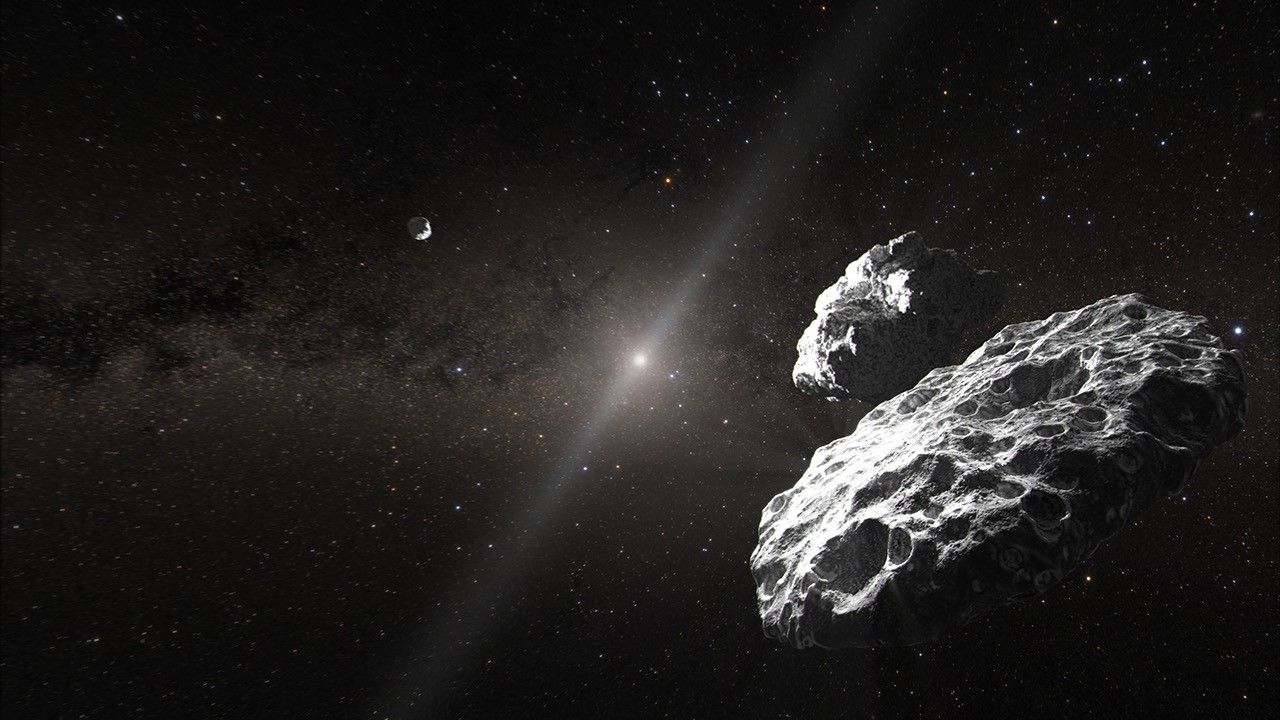NASA’s uncrewed Artemis I flight test proved the agency’s deep space rocket, spacecraft, and the ground systems needed for launch and recovery are ready to fly astronauts on missions to the Moon. Since the 2022 flight, engineers have extensively reviewed data to confirm initial observations from the successful mission of NASA’s Space Launch System (SLS) rocket and Orion spacecraft on its 1.4 million-mile mission beyond the Moon.
“We’re learning as much as we possibly can from Artemis I to ensure we fully understand every aspect of our systems and feed those lessons learned into how we plan for and fly crewed missions,” said Jim Free, NASA associate administrator for the Exploration Systems Development Mission Directorate. “Safely flying crew is our top priority for Artemis II.”
Space Launch System
Both initial and more comprehensive analysis of the SLS rocket’s debut flight show the rocket flew as designed and with precision, with all of its systems meeting, and in many cases exceeding, performance expectations. Following a near-perfect trans-lunar injection burn, the rocket’s interim cryogenic propulsion stage and Orion successfully separated, delivering Orion to its initial target orbit and then on a trajectory toward the Moon. NASA’s Marshall Space Flight Center manages the SLS Program.
Exploration Ground Systems
Engineers with NASA’s Exploration Ground Systems program completed detailed assessments of the mobile launcher shortly after launch. Although the launcher sustained more damage than initially expected from the 8.8 million pounds of thrust generated at liftoff by the rocket, work already is underway to repair damaged components in tandem, with planned upgrades in preparation for Artemis II, the first flight with crew.
Mobile launcher damage included corrosion to pneumatic – or air-filled – and cryogenic fueling lines, detached welds on tubing, approximately 60 broken panels and cabinets with instrumentation, and destruction to several elevators and blast shields, which are currently being repaired. Modifications to the mobile launcher to support future Artemis missions are underway and on track, including incorporating elements to support an emergency egress systems at the launch pad.
Orion Spacecraft
Teams also are extensively reviewing more than 155 gigabytes of Orion data to confirm the spacecraft’s successful performance during its journey nearly 270,000 miles beyond the Moon and farther than any spacecraft built for humans has flown.
Orion accomplished 161 test objectives to fully demonstrate every aspect of the spacecraft, including 20 objectives added mid-flight. Data shows the European-built service module generated 20% more power than initial expectations and consumed about 25% less power than predicted. All the spacecraft’s dynamic separation events, such as separation of the launch abort system during ascent and parachute deployment during landing – which involved 375 pyrotechnic devices total – were completed without issue. Splashdown, which was moved 300 miles south due to poor weather, occurred 2.4 miles from the target landing spot, well within requirements.
Upon return to Kennedy Space Center, avionics components earmarked for reuse on Artemis II were removed and refurbished for integration, including phased array antennas, a vision processing unit, GPS receivers, and inertial measurement units. All Artemis I avionics components have been integrated into the Artemis II crew module.
NASA also is more closely examining data for two observations from the flight. Engineers noted variations across the appearance of Orion’s heat shield in which the ablative material that helps protect the capsule from the extreme heat of reentry wore away differently than predicted.
Post-flight inspection shows a significant amount of original Avcoat material remained on Orion. Thermal protection system experts have correlated the timing of descent through the atmosphere with data from hundreds of sensors as well as gathered imagery and video. Teams are assessing this set of data to understand the phenomenon.
Experts also continue to assess an issue seen during the flight where latching current limiters switched open without commanding several times throughout the mission. These switches, which are circuit breaker-like devices that are part of a power conditioning and distribution unit responsible for taking power generated by the solar arrays and preparing it for distribution to systems, help control power to components in the service module. Engineers are reviewing flight data to understand the source of the issue and plan to conduct testing in a flight-like configuration.
Progress Toward Artemis II
While work is underway to understand every issue, NASA is making progress assembling, testing, and processing the elements for Artemis II ahead of the late 2024 mission. The heat shield will be attached to the crew module in May, and the crew module and service module will then be connected ahead of integrated testing. The SLS solid rocket booster motor segments and core stage will be shipped to Kennedy later this year, after the engine section and RS-25 engines are connected to the rest of the already-complete stage. Teams expect to transport the mobile launcher to launch pad 39B this summer for testing, including evaluation of the emergency egress capability needed for Artemis II. The recovery team, along with personnel from the Department of Defense, recently completed rigorous testing of a new crew module test article in support of Artemis II efforts and will conduct open water recovery testing in the coming months to ensure the crew on board are quickly and safely removed from the spacecraft.

























